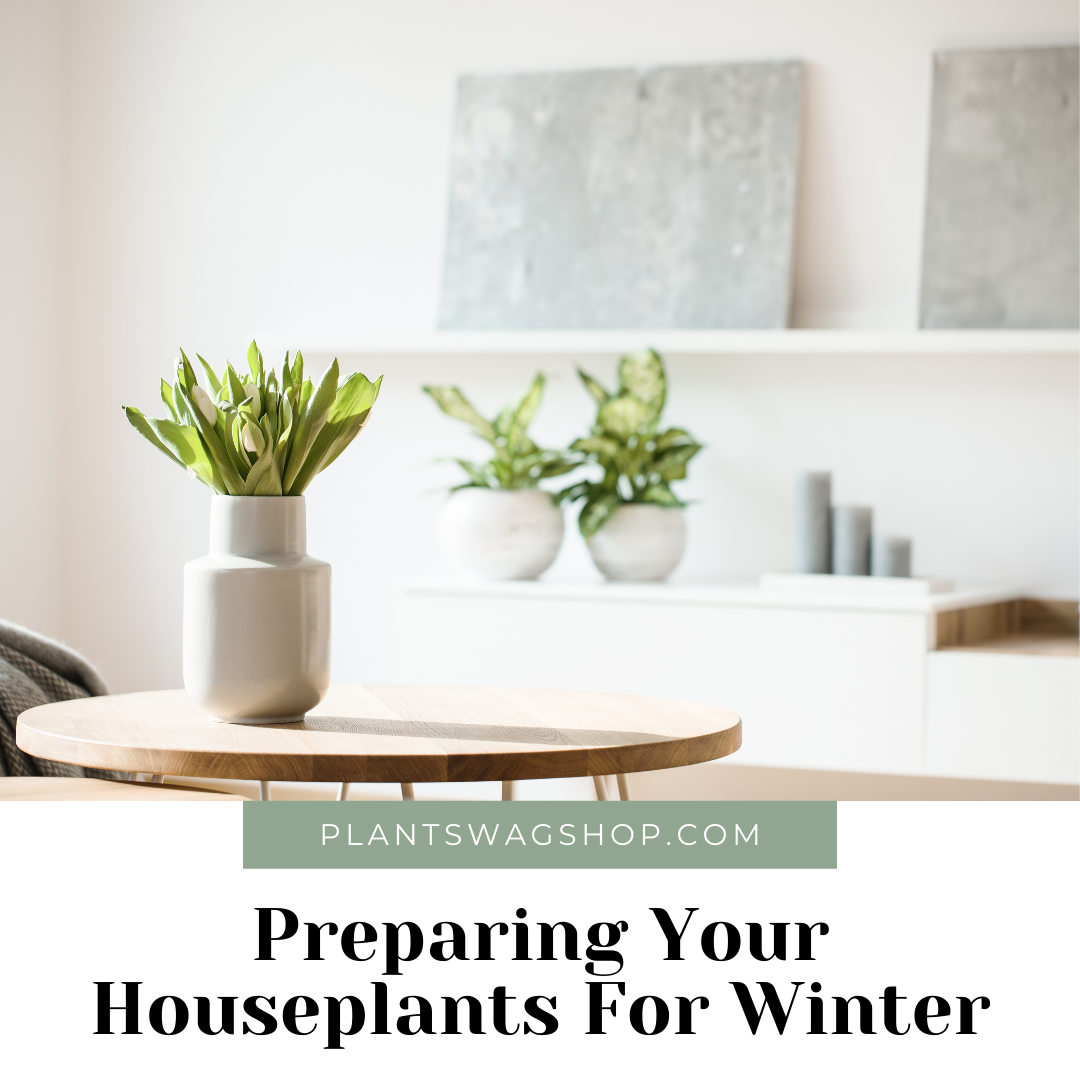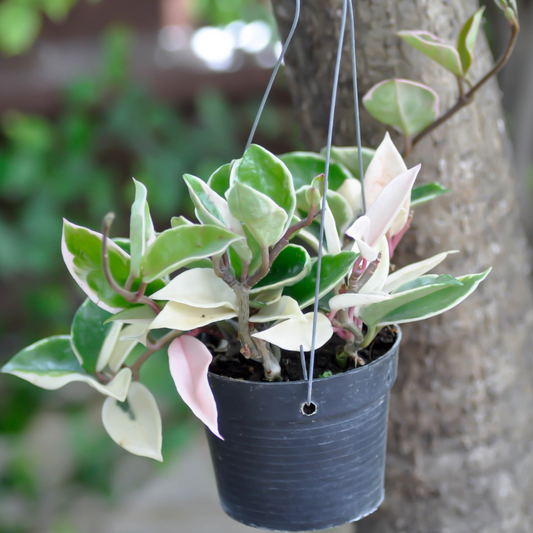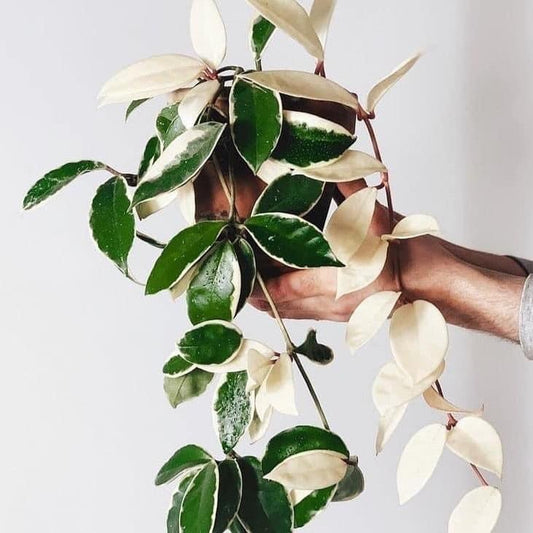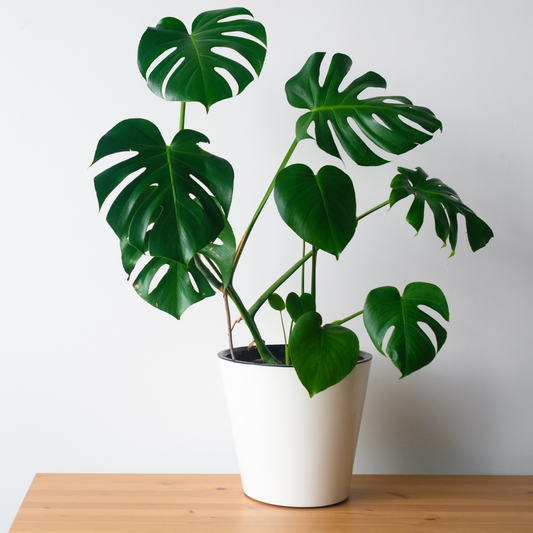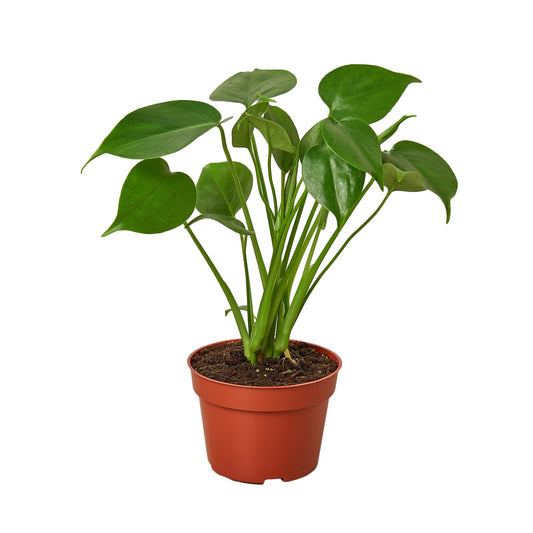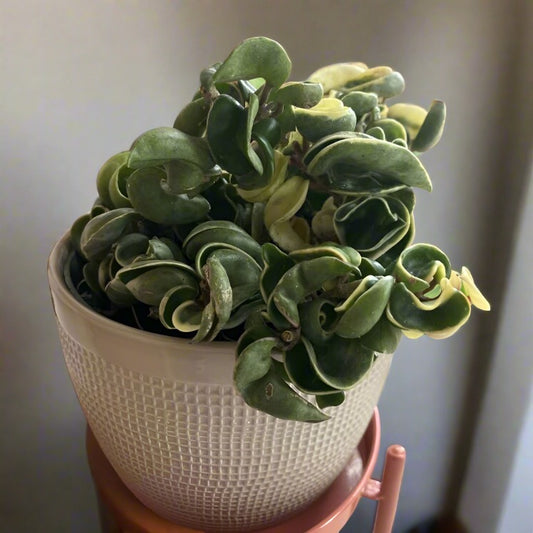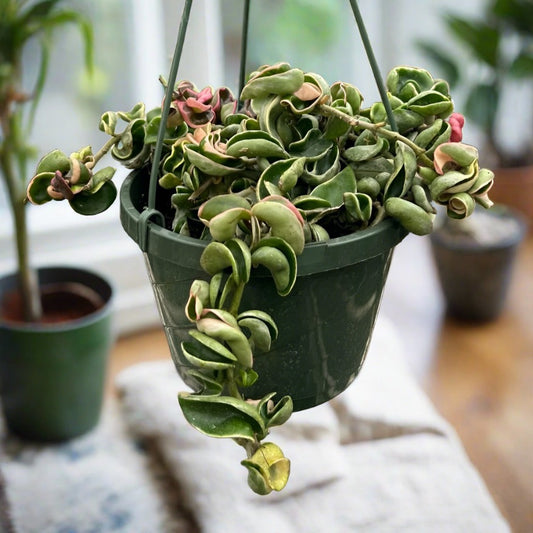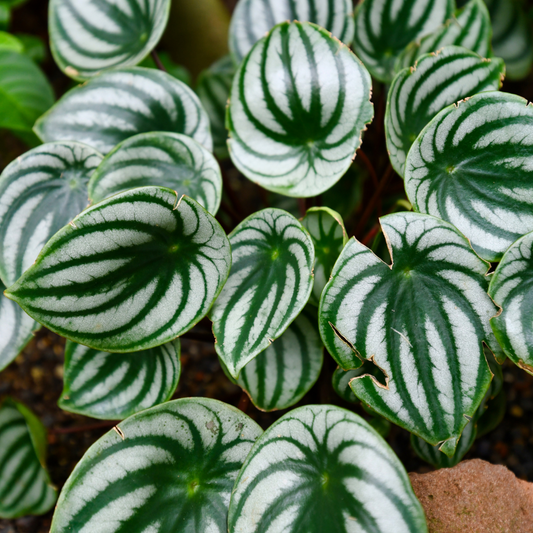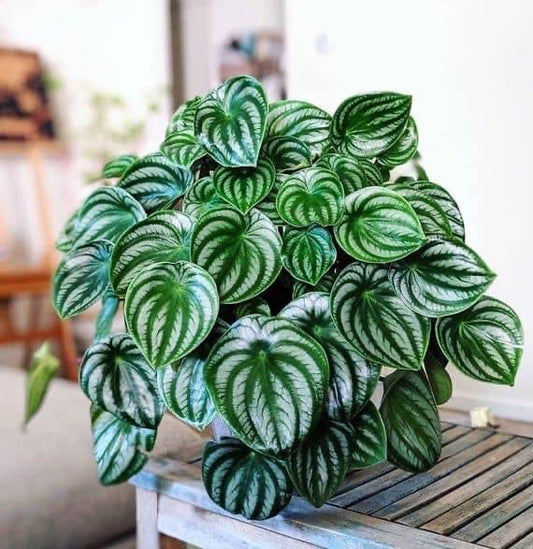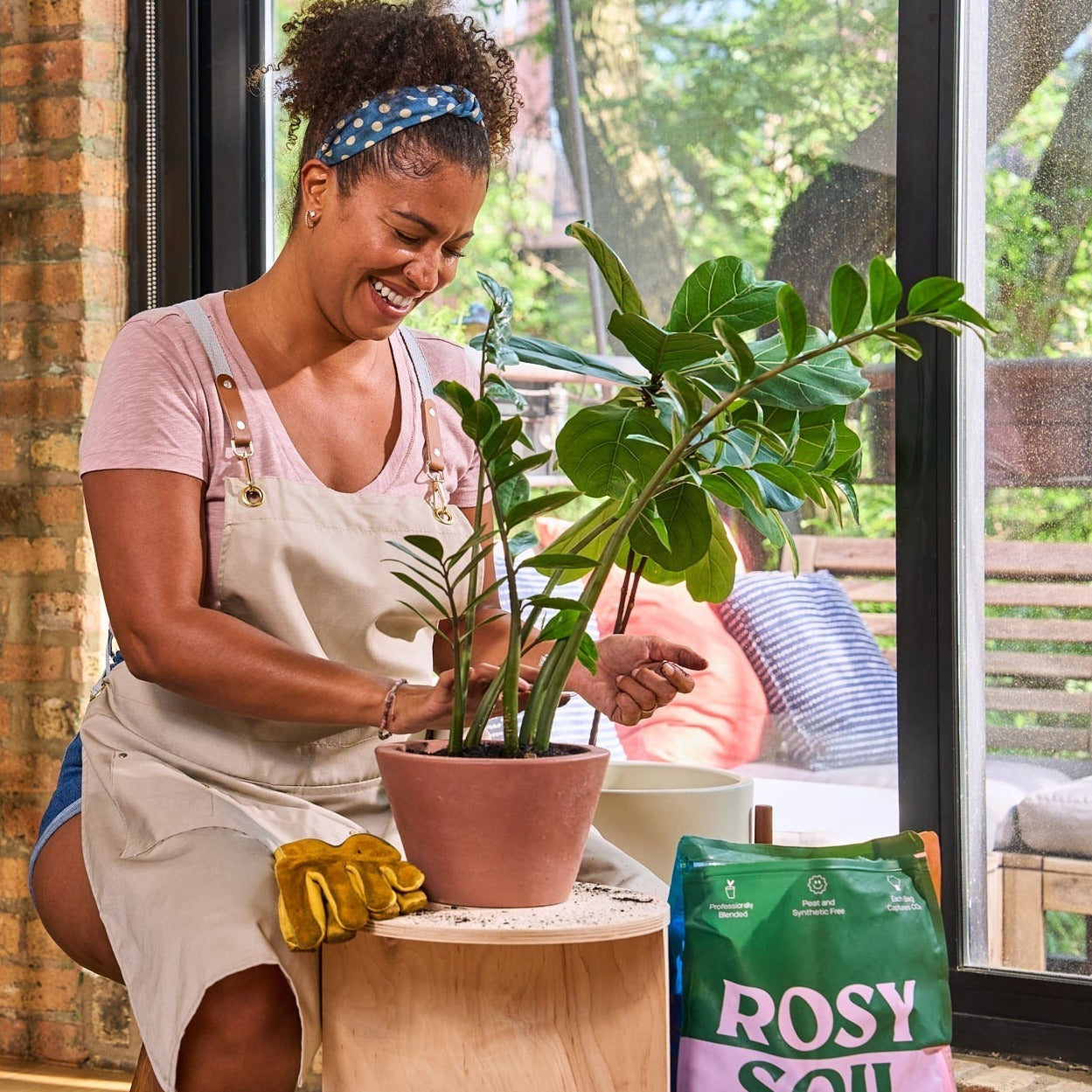Indoor plants, whether they are year-round houseplants or plants you brought indoors to over-winter, they can be affected by factors such as temperatures that change from daytime heat to evening chill, dry air, short days, and limited light. Keep your houseplants thriving by modifying their care during the cooler months of the year.
Although you may be focused on preparing your garden and landscape plants for the cooler temperatures of the fall and winter months, remember to prepare your indoor plants as well. While they beautify the space and clear the air, oftentimes they’re not given a second thought when it comes to the seasons changing.
However, just as with the garden out in your yard, shifting weather means you should adjust how you care for your houseplants. If you want to keep them looking green and healthy over the winter, give them a bit of TLC now.
Inspect for Pests
If you let your indoor plants live outside on a deck or porch during the summer, be sure to inspect the leaves before you bring them indoors. You may also want to replace the soil if you notice any pests have made a home. in there or if its been in that soil awhile. We recommend treating the entire plant including spraying the top soil with insecticidal soap.
Light Solutions
Days are getting shorter, which means less light for your plants to enjoy. Place sun loving indoor plants in spots where they’re sure to get light every day. Since plants will naturally lean toward the light, be sure to turn them periodically to ensure they maintain their shape. If have very low light in the home, we recommend investing in a few grow light to help your indoor plants survive the winter.
Watch Out For Drafts
Cold drafts not only stress out people, they stress your plants as well. Place plants away from windows and doors that open and close often. Also, keep them away from the radiator or heating vents. Indoor plants do not do well in drafty conditions.
Clean The Foliage
As we spend more time indoors this season, dust begins to accumulate. Where does it end up? On your plants! Take a duster to them weekly and gently remove any build up. It may seem extreme to dust a plant, but this important to do so your indoors helps because your plants are already fighting to absorb every bit of light they can. Even a thin layer of dust can impact the leaves' access to the already limited sunlight and thicker dust build up can hide signs of damage like discoloration or crawling pests.
Adjust Watering Schedule
Begin watering less often as we head into the winter. Many tropical indoor plants go dormant during the winter. This means you won’t need to water them as much, the key phrase being ‘as much.’ You’ll still need to water them occasionally, but instead of doing so on a set schedule, just judge the soil and when it's dried out since your last watering, it's time to go again. Overwater and you’ll end up rotting the roots.
Hold off on Fertilizer
Similar to how the dormant season impacts water requirements, your plants likely won't be growing much during the off season, so there is no need to fertilizer until the spring. In fact, your plants may shed leaves at this time of year. Don’t worry though as that’s totally normal and growth will resume in the spring when they will fill out again from more light and fertilization.
Consider Using a Humidifier
Winter air is dry and the air inside the home is no different. Many plants prefer humid temperatures, so use a humidifier to add moisture to the surrounding air.

